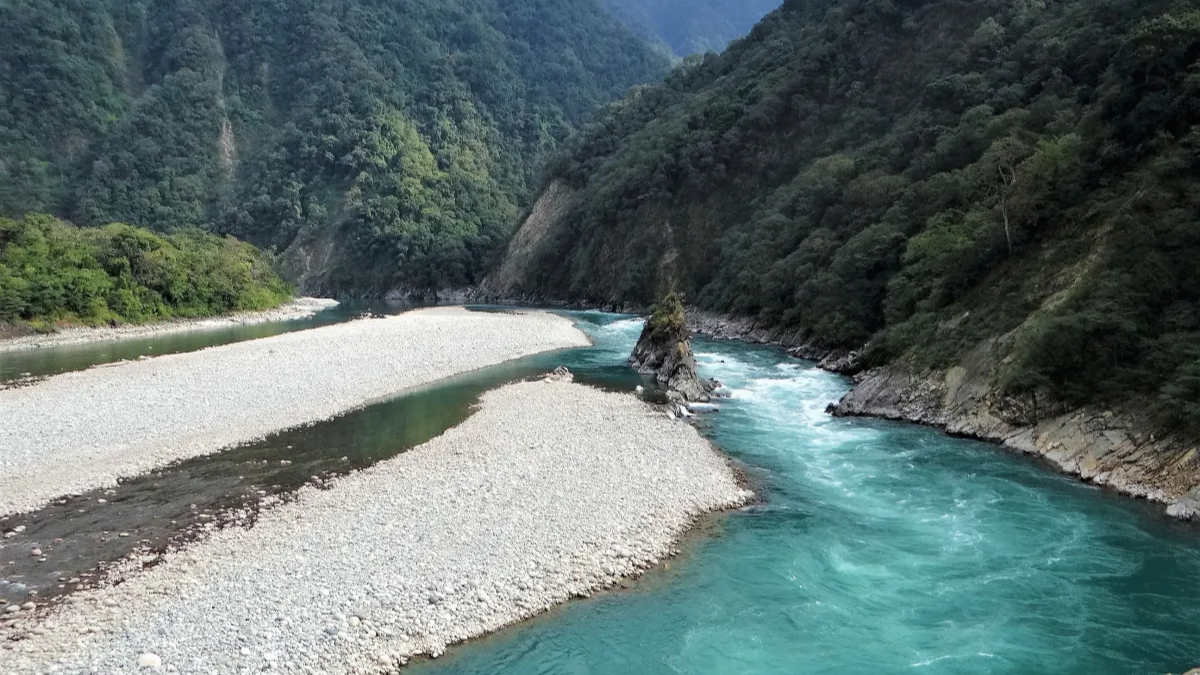Arunachal Pradesh, located in the northeastern part of India, is known for its beautiful landscapes and flowing rivers. Most rivers in this hilly state flow towards the south or east, joining larger river systems. However, there is one unique river that does something different. It takes an unusual turn and flows northward, making it special among all the rivers in the region.
An Overview of Andhra Pradesh
Andhra Pradesh is a state in southern India, located along the east coast. It is the seventh-largest state and ranks tenth in population. Telugu is the main and official language. Amaravati is the capital and Visakhapatnam is the biggest city. The state shares borders with Odisha, Chhattisgarh, Telangana, Karnataka and Tamil Nadu, and has India’s third-longest coastline along the Bay of Bengal.
Only River in Arunachal Pradesh that Flows Northwards into Tibet
The Siang River is the only river in Arunachal Pradesh that flows northwards into Tibet. In Tibet, it is called the Yarlung Tsangpo and after entering India, it becomes the Siang or Dihang. This river plays an important role in the lives of people and nature in the region. It also becomes the mighty Brahmaputra River after entering Assam.
Origin and Course of the Siang River
The Siang River starts in Tibet near Mount Kailash as the Yarlung Tsangpo. It flows eastward through the high Himalayas and enters Arunachal Pradesh, where it is called the Siang or Dihang. It then flows southwards into Assam.
Becomes the Brahmaputra River
After flowing through Arunachal Pradesh, the Siang joins with the Lohit and Dibang Rivers in Assam. Together, they form the Brahmaputra River, one of the longest and most important rivers in India.
Importance of the Siang River
The Siang River is very important for farming, water supply and transportation. It also has great potential for hydroelectric power. Projects like the Siang Upper Multipurpose Project are being planned to use this power.




 Which City is known as the City of Bambo...
Which City is known as the City of Bambo...
 Who was the First Home Minister of India...
Who was the First Home Minister of India...







